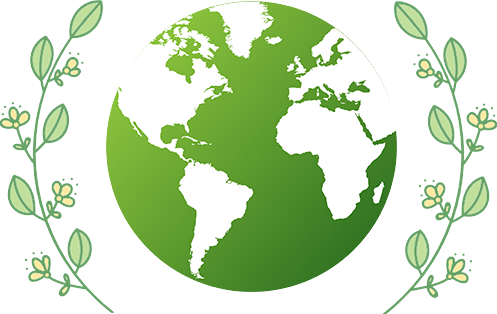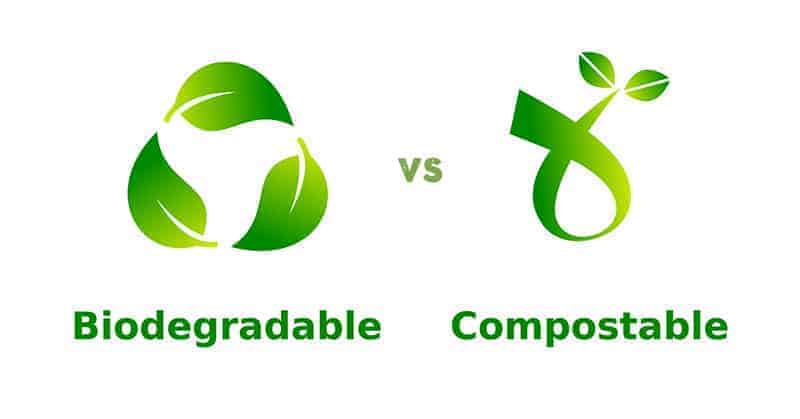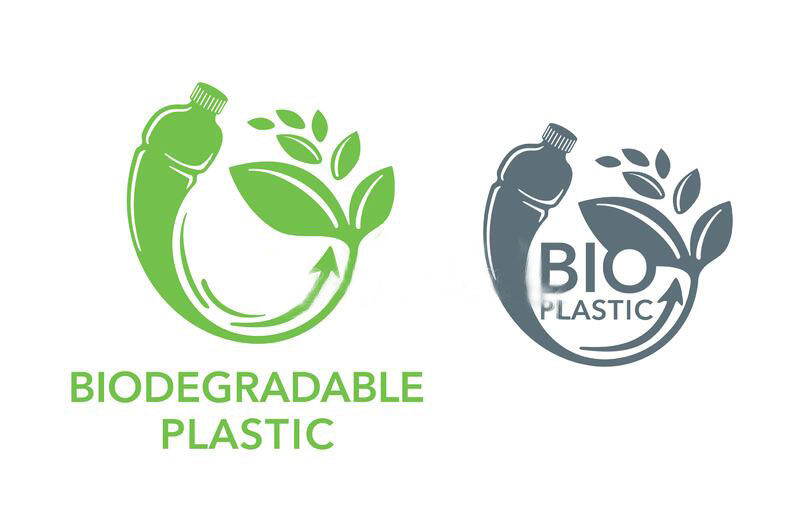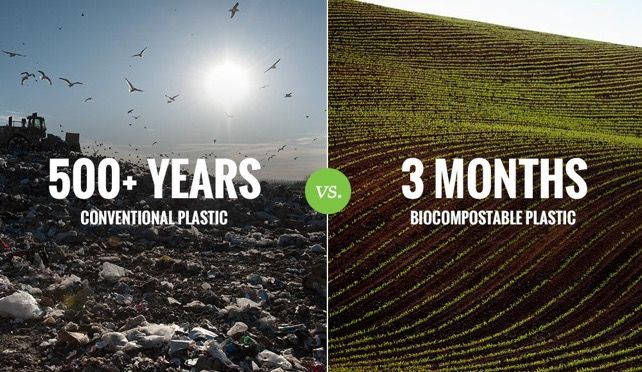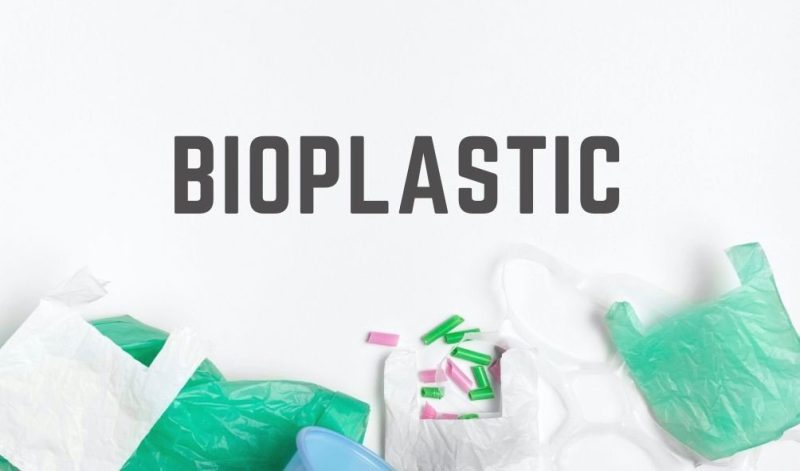Definition, mechanism and main types of biodegradable plastics
Biodegradable Definition
Biodegradable plastic, also called “green ecological material“, refers to the material that can be degraded under the action of soil microorganisms and enzymes. Specifically, it refers to polymer materials that can be biodegraded under certain conditions by the action of natural microorganisms such as bacteria, mold and algae.
The ideal biodegradable plastic is a polymer material with excellent performance, which can be completely decomposed by environmental microorganisms after disposal, and finally converted into CO2 and H2O to become a part of the carbon cycle in nature.
Decomposition Mechanism
The decomposition of biodegradable plastics is mainly through the action of microorganisms; therefore, the degradation mechanism of biodegradable plastics is the process of digestion and absorption by bacteria and molds. Firstly, microorganisms secrete hydrolytic enzymes in vitro and combine with the surface of the material and cut off the polymer chain on the surface through hydrolysis to produce small molecular compounds, then the degraded products are taken in by microorganisms, and through various metabolic routes, they synthesize microbial substances or transform into energy for microbial activities, and finally transform into water and carbon dioxide. According to the chemical nature of the degradation, there are two types of hydrolysis and enzymatic digestion.
Raw materials of degradable plastics
The raw materials of degradable plastics mainly include: polylactic acid, polyhydroxy fatty acid ester, carbon dioxide copolymer, starch, modified starch or other cellulose, photosensitizer, biodegradable agent, etc.

